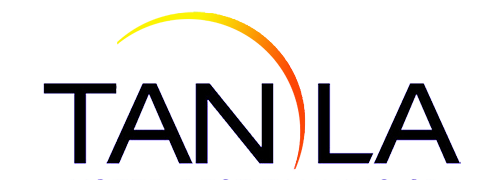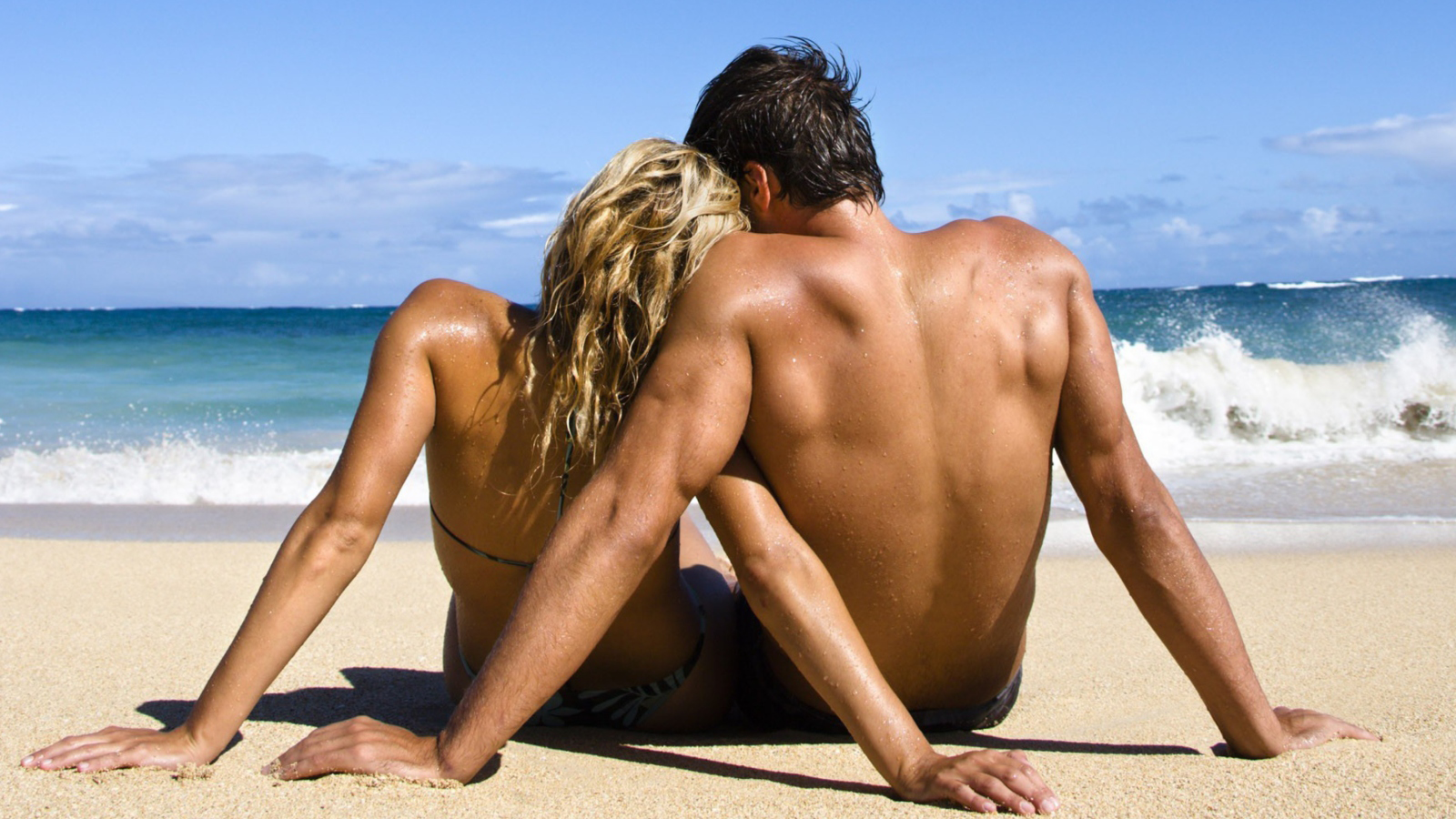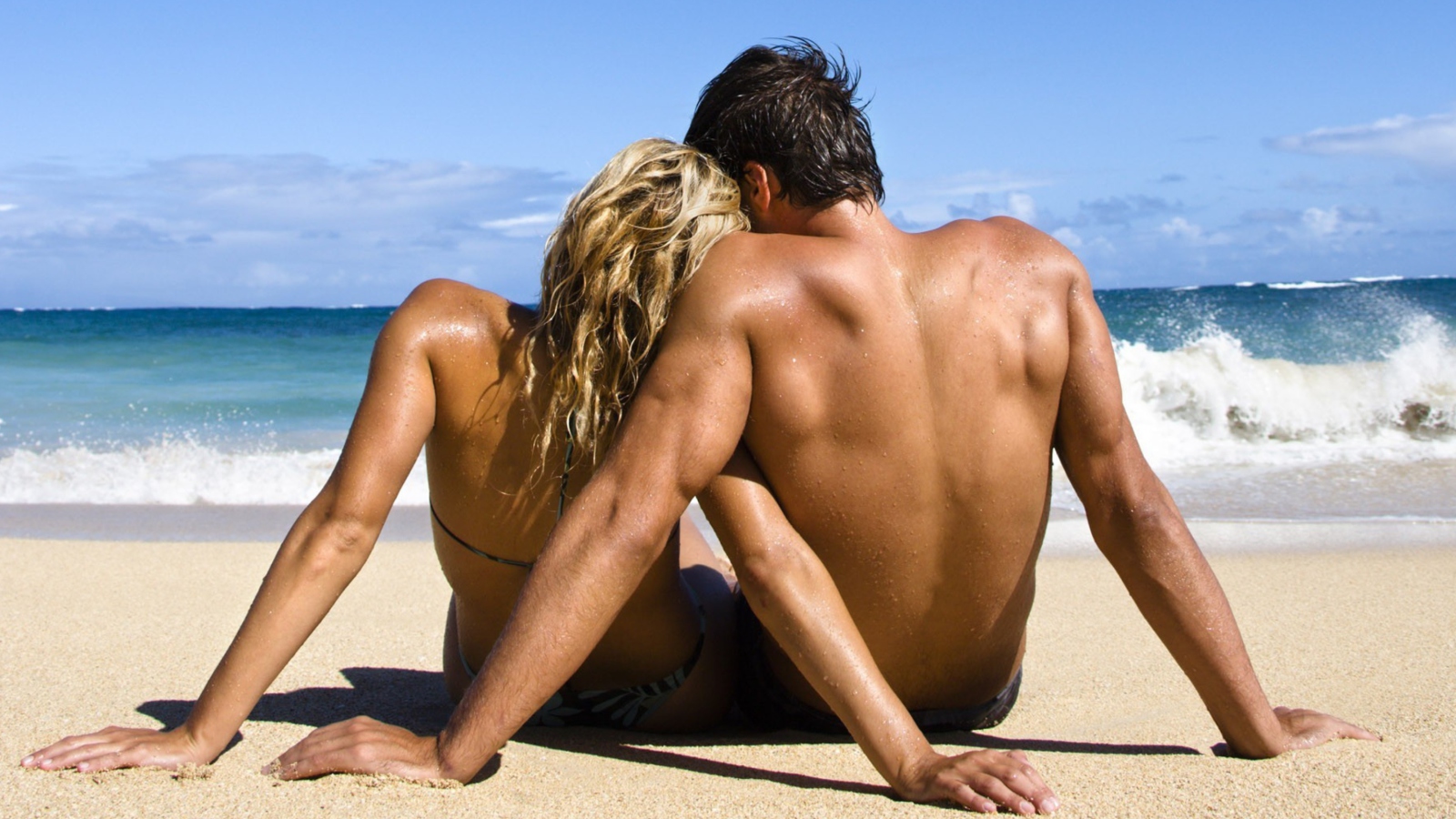UV Natural & Necessary
Tanning Beds May Provide Relief for Fibromyalgia Patients
New Study Shows Regular UV Exposure is Natural and Necessary
KELOWNA, B.C., Jan. 23 /CNW/ – A new study reveals ultraviolet light from indoor tanning units may help relieve pain in those suffering from fibromyalgia is the latest study in a wave of evidence in favor of regular UV exposure. A report on the study, conducted at the Wake Forest University Baptist Medical Center in North Carolina, appears in the January issue of the Journal of Alternative and Complementary Medicine.
The study included 19 fibromyalgia patients who were exposed to both UV and non-UV rays in tanning beds for two weeks. Then they were divided into UV and non-UV groups for the next four weeks. All of the fibromyalgia patients received light treatments three times a week for a total of six weeks, the Wake Forest team reported. The participants were treated with sunless tanning lotions to tan all participants because tanning might have indicated which group was receiving exposure to UV light. They were asked to report on their levels of pain as well as their moods. UV exposure resulted in limited improvement in pain, well-being and relaxation compared with the non-UV group – a finding the team believes warrants further research on a larger scale.
Fibromyalgia Syndrome is characterized by widespread pain in the muscles, ligaments and tendons. It affects 900,000 Canadians and is four times more common in women than in men, according to the Canadian Arthritis Society. The term fibromyalgia has also been called soft tissue rheumatism, fibrositis and on-articular rheumatism.
Dr. Michael Holick, director of the Vitamin D, Skin and Bone Research Laboratory at Boston University, has published several papers outlining how a majority of patients with fibromyalgia symptoms are actually vitamin D deficient because the symptoms of vitamin D deficiency can include bone and muscle pain. That theory would explain why individuals exposed to UV in a tanning bed would show greater signs of improvement, as was the case in the Wake Forest study. Indoor tanners have 90 per cent higher vitamin D blood levels as compared with non-tanners, according to Boston University research.
Because a flood of new vitamin D research now connects low vitamin D blood levels with many different health problems, the Vitamin D research community is now promoting vitamin D blood levels of 40-60 ng/ml (100-150 nmol/L) and a daily vitamin D recommendation of 2,000 international units. Humans make and store abundant amounts of Vitamin D when skin is exposed to UVB from sunlight or from most indoor tanning equipment.
A single indoor tanning session makes as much vitamin D as 100 8-ounce glasses of whole milk. Fatty fish like salmon or cod are the only natural food sources of vitamin D, a fat-soluble vitamin-hormone that is supplemented in low doses into food sources like milk and breakfast cereal. Supplements are another source but are not the natural source of what is correctly known as “The Sunshine Vitamin.”
JCTA is a Canada-wide non-profit association representing professional tanning facilities. JCTA members follow the principles of Smart Tanning and teach Canadians how to maximize the benefits of UV exposure while minimizing the manageable risks of too much or too little UV exposure.
| Sources of Vitamin D | Vitamin D Content |
|---|---|
| UVB exposure from sunlight * | 10,000 – 20,000 IU |
| Cod Liver Oil (1 tsp.) | 400 – 1,000 IU |
| Salmon (fresh, wild, 3.5 oz.) | 600 – 1,000 IU |
| Salmon (farmed, 3.5 oz.) | 100-250 IU |
| Fortified Milk (8 oz.) | 100 IU |
| Fortified orange juice (8 oz.) | 100 IU |
* A full-body suntan without sunburn. Variables include age, amount of skin exposed to sunlight. A dark-skinned individual may need 5-10 times more sun exposure to make the same amount of vitamin D as a fair-skinned person. Source: Dr. Michael Holick











